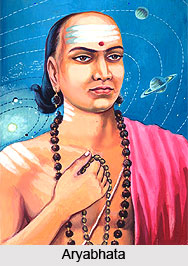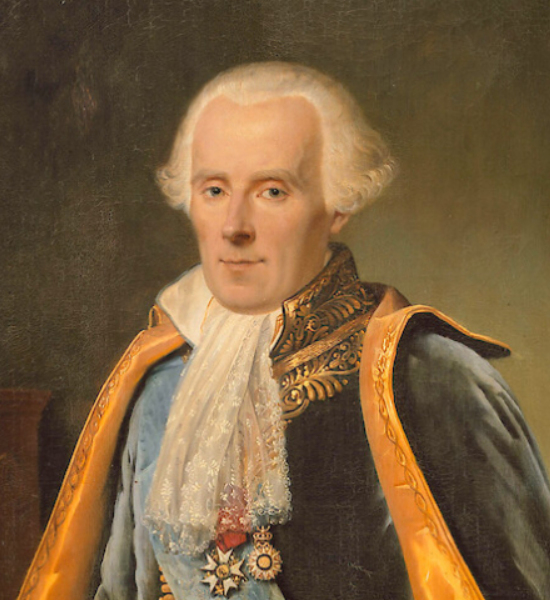Great Mathematicians NCERT wants class 10 students to know......
(consider clicking the follow button for our efforts. It is similar to subscribe in YouTube)
1. Muhammad ibn Musa al-Khwarizmi (C.E. 780 – 850)

An algorithm is a series of well defined steps which gives a procedure for solving a type of problem. The word algorithm comes from the name of the 9th century Persian mathematician al-Khwarizmi. In fact, even the word ‘algebra’ is derived from a book, he wrote, called Hisab al-jabr w’al-muqabala. A lemma is a proven statement used for proving another statement.
2. Carl Friedrich Gauss (1777 – 1855)
An equivalent version of Theorem 1.2 (refer book) was probably first recorded as Proposition 14 of Book IX in Euclid’s Elements, before it came to be known as the Fundamental Theorem of Arithmetic. However, the first correct proof was given by Carl Friedrich Gauss in his Disquisitiones Arithmeticae. Carl Friedrich Gauss is often referred to as the ‘Prince of Mathematicians’ and is considered one of the three greatest mathematicians of all time, along with Archimedes and Newton. He has made fundamental contributions to both mathematics and science.
The first use of the idea of ‘sine’ in the way we use it today was in the work Aryabhatiyam by Aryabhata, in A.D. 500. Aryabhata used the word ardha-jya for the half-chord, which was shortened to jya or jiva in due course. When the Aryabhatiyam was translated into Arabic, the word jiva was retained as it is. The word jiva was translated into sinus, which means curve, when the Arabic version was translated into Latin. Soon the word sinus, also used as sine, became common in mathematical texts throughout Europe. An English Professor of astronomy Edmund Gunter (1581–1626), first used the abbreviated notation ‘sin’. The origin of the terms ‘cosine’ and ‘tangent’ was much later. The cosine function arose from the need to compute the sine of the complementary angle. Aryabhatta called it kotijya. The name cosinus originated with Edmund Gunter. In 1674, the English Mathematician Sir Jonas Moore first used the abbreviated notation ‘cos’.
4. Pierre Simon Laplace (1749 – 1827)
Probability theory had its origin in the 16th century when an Italian physician and mathematician J.Cardan wrote the first book on the subject, The Book on Games of Chance. Since its inception, the study of probability has attracted the attention of great mathematicians. James Bernoulli (1654 – 1705), A. de Moivre (1667 – 1754), and Pierre Simon Laplace are among those who made significant contributions to this field. Laplace’s Theorie Analytique des Probabilités, 1812, is considered to be the greatest contribution by a single person to the theory of probability. In recent years, probability has been used extensively in many areas such as biology, economics, genetics, physics, sociology etc.
(Based on the definitions of great mathematicians given in maths NCERT class 10 book.)



Comments
Post a Comment
Please let us know if you have any doubts or suggestions......